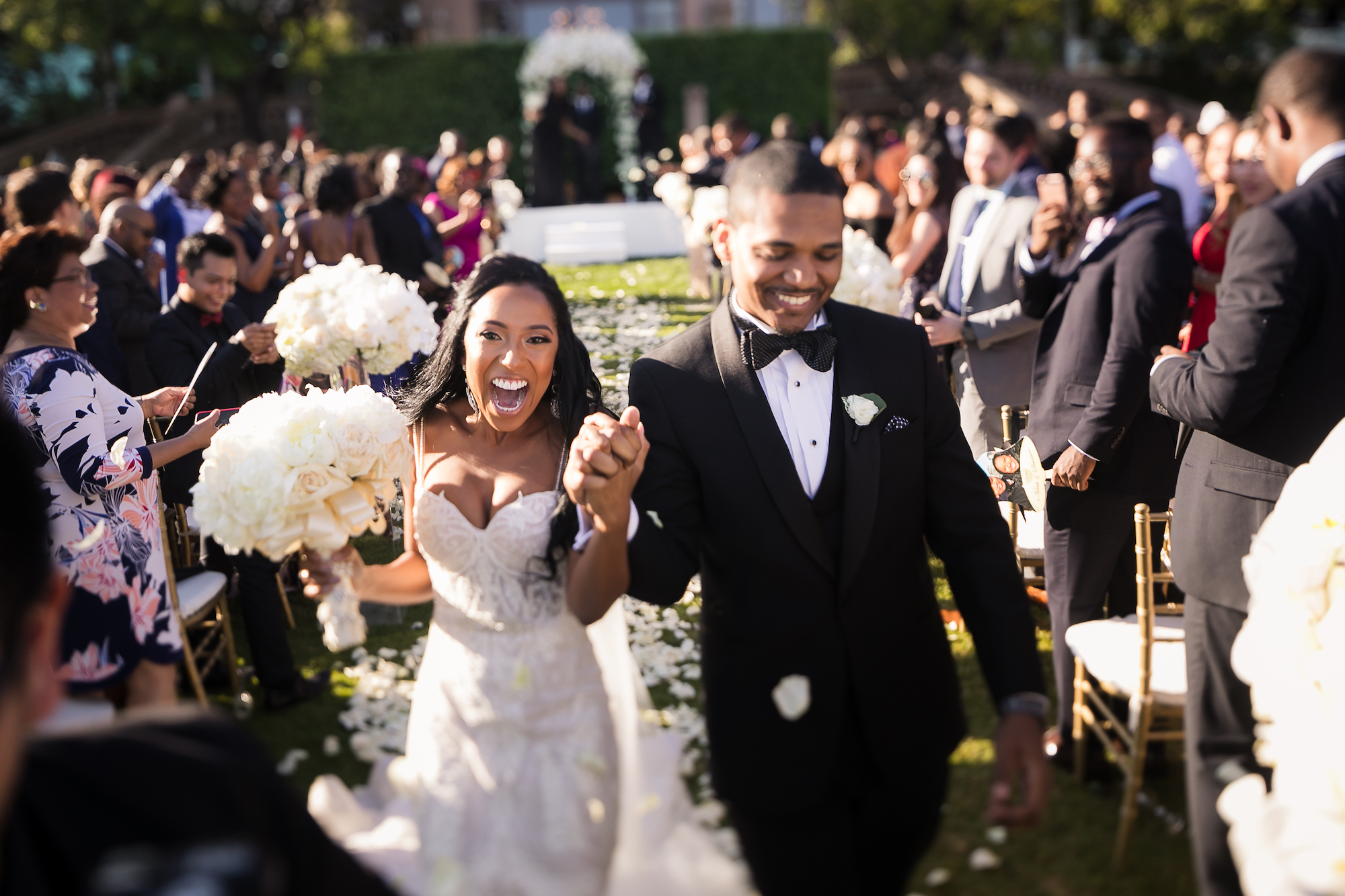
If you’ve ever experimented with tilt-shift lenses, you know that they offer photographers unique control over depth of field and perspective. They are often used for photographing architecture, landscapes, or creative portraits, but they can also work wonders for delivering amazing wedding day images. They create a soft, dream-like look, which works especially well with bright and airy images. Although tilt-shift lenses are less commonly found in a wedding photographer’s arsenal, at least as a go-to lens for covering the ceremony, they actually produce solid results when used in the right way. In this article, I’m going to show you when and how to use a Tilt Shift Lens in wedding photography.
Our Favorite Tilt-Shift Lenses
First, let’s start out with my favorite tilt shift lenses. Since I’m a canon shooter, here are my preferences.
Most major camera makers should have a focal length equivalent.
Practice Before The Big Day!
Before you take a new tilt-shift lens out to cover a wedding ceremony, we suggest taking the time to better understand the lens and its functionality. Practice shooting with the lens to perfect manual focusing. This will come in handy to help you perform under pressure when capturing creative shots during a wedding ceremony.
Shooting Guidance: During the Shoot
Wedding ceremonies vary by culture, but there are a few key moments that you’ll likely find in most of the ceremonies you’ll cover: Exchanging vows/rings, first kiss, and/or the recessional. These moments offer a great opportunity to experiment with a tilt-shift lens. We recommend that you only try this if you have another shooter covering a main angle with a “regular” auto focus lens. Otherwise, you may end up missing a key moment with an out-of-focus photo.
How you capture these moments will, of course, depend on the focal length of your lens and the vision you have for the final image. Here are a couple of side-by-side images showing the images captured using a tilt-shift lens versus a standard prime or zoom lens.
Ceremony – Wide Angle
Below, you’ll see an image of a wedding scene captured with a standard zoom lens.

Below is the same scene as above, captured with a tilt shift lens.

First Kiss – Wide Angle
Below is the scene captured on a standard zoom lens.

Below is the scene captured from a different angle using a Tilt Shift Lens.

Recession – Medium Angle & Wide Angle
See the differences between the overall look and aesthetic with the four images below.

Use Creatively For Multiple Planes In Focus
Remember that tilt shift lenses allow the photographers to capture multiple planes in focus with a single shot, like you see in the image below.

You can’t really achieve this unique look in camera without a tilt-shift lens or without combining multiple images in post production. Here, we used the tilt feature to shift the plane of sharpness from the sign in the foreground to the couple at the altar in the background.
Plan Ahead To Find More Reward Than Risk
It is a good idea to have a second shooter covering the action whenever you switch to a tilt-shift lens to ensure that you don’t miss any important moments. If you are the lead shooter and you plan to use a tilt-shift lens during a key moment, such as exchanging the rings, the first, kiss, or the recessional, have the second shooter take lead on a 24-70/70-200mm to capture the action.
Conclusion
The tilt shift lens can be a fun, creative tool to add to your set of wedding images. Use it sparingly and with the right intention; and you can help add to the impact of a photo. Overuse it or use it improperly, and it could have a negative effect on the overall set of photos. So find the right balance that works for you and your style. You can also consider achieving the tilt shift look in Lightroom, as we teach you in this article. If you’re looking for more Tilt Shift Portrait and Wedding inspiration, be sure to check out this other article by Jay Cassario.





Get Connected!